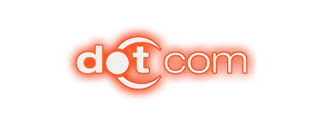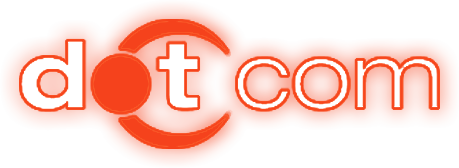No products in the cart.
HP EliteBook 830 G8 vs 840 G8: Which Business Laptop Reigns Supreme?
Choosing between the HP EliteBook 830 G8 and 840 G8 can feel overwhelming when both laptops share nearly identical specifications. The decision often comes down to screen size preferences and specific work requirements. Both models target business professionals who need reliable performance, robust security, and enterprise-grade features.
Key Specifications Comparison – HP EliteBook 830 G8 vs 840 G8
Both HP laptops feature 11th-generation Intel Tiger Lake CPUs, with Core i5 and Core i7 variants available, up to 64GB of DDR4 RAM, and 2TB of NVMe SSD storage. The only discernible difference between the models is screen size – the 830 G8 comes with a 13.3-inch FHD IPS display while the 840 G8 features a larger 14-inch screen with identical specifications.
The EliteBook 830 G8 weighs 1.24 kg (2.73 lbs), making it notably lighter than its larger counterpart. When comparing weight per inch of screen, the 830 G8 achieves 0.09 kg/inch versus the 840 G8’s 0.10 kg/inch. This difference matters for professionals who travel frequently.
Performance and Graphics Capabilities
Graphics performance shows a significant gap between the models. The 840 G8 delivers 2.822 TFLOPS while the 830 G8 manages 1.41 TFLOPS. This difference impacts users who work with graphics-intensive applications or need enhanced visual performance.
Benchmark testing shows the 830 G8 performs well for business tasks, maintaining around 35 degrees Celsius during intensive operations without heat transfer to palm rests. Gaming performance on the 830 G8 achieves 35-50 frames per second in Fortnite, though neither model targets gaming as a primary use case.
Display and Design Features
Both models feature FHD 1920×1080 displays with 250 nits of brightness as standard, though HP offers upgrade options to 1000 nits for better outdoor visibility. Users can add HP’s Sure View Reflect privacy screen for enhanced security in public spaces.
The build quality uses premium aluminum construction with minimal flex and fingerprint resistance. The 830 G8’s display hinge opens to 175 degrees, slightly less than some competitors that reach 180 degrees.
Connectivity and Battery Life
Both laptops include two Thunderbolt 4.0 ports (one supporting video output), two USB 3.1 Gen 1 ports, HDMI 2.0, combo audio jack, and a nano-SIM slot supporting 4G and 5G connectivity. The 3-cell 53Wh battery supports 65W fast charging and works with any USB PD-compliant device.
Real-world testing indicates that G7 models achieved better battery life than G8 models, though both series can provide up to 14.5 hours of usage depending on workload.
Best Use Cases for Each Model
Choose the EliteBook 830 G8 for:
- Frequent travel and mobility requirements
- Tight workspace constraints
- Extended periods of typing and basic productivity tasks
- Users prioritizing portability over screen real estate
- Professionals needing excellent typing experience and long battery life for business applications
Choose the EliteBook 840 G8 for:
- Multitasking with multiple applications and windows
- Graphics-intensive work requires better visual performance
- Presentations and collaborative work where larger screens help
- Users who value screen space for productivity gains
- Applications where graphical performance significantly impacts workflow efficiency
Value Considerations
Both laptops offer identical enterprise features, including fingerprint scanners, Windows Hello compatibility, spill-resistant keyboards, and comprehensive security features. The choice between models should focus on your mobility needs versus screen size preferences, as performance capabilities remain largely comparable for typical business applications.


